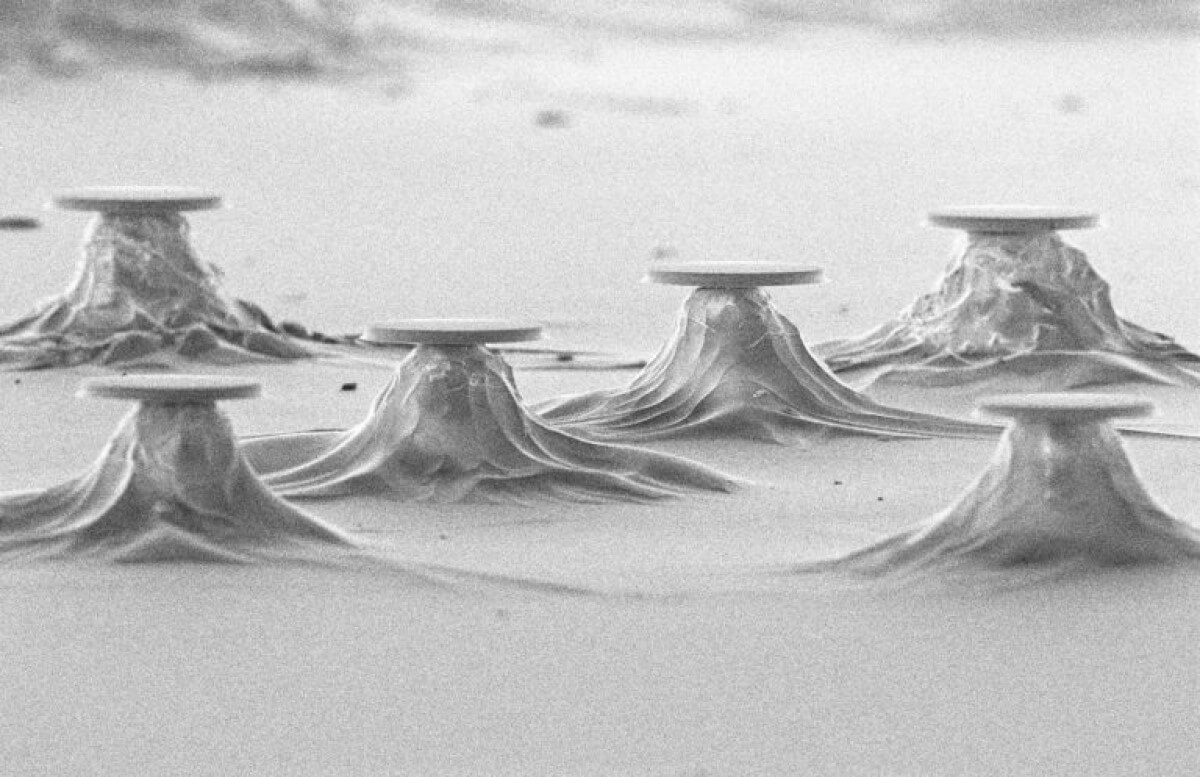TRONDHEIM, Norway — Is it just a cold, or a case of COVID-19? It can be difficult to tell, which leaves many people scrambling for an antibody test or running to their doctor for a checkup. Now, scientists are developing devices that could give you an answer in the comfort of your own home.
This type of smart gadget, which can help patients detect the differences between COVID and the flu, and even identify the warning signs of diabetes before it’s too late, provides better optical sensors that improve the ability to analyze chemicals through light. This device is a microresonator, which is an optical cavity that can store a significant amount of optical information within a small space. It’s about 100 time more effective than other types of longwave infrared spectrum.
“It can retain the light 100 times longer than previous versions, which amplifies the optical field inside and makes nonlinear processes much easier, such as frequency comb generation,” says Dingding Ren, a researcher at the Norwegian University of Science and Technology’s (NTNU) Department of Electronic Systems, in a media release. “We’ve built the lowest loss whispering gallery mode microresonator out there for the longwave infrared spectrum. Because the longwave infrared spectrum provides definitive information about chemicals, it provides new possibility for sensing applications.”

How does the new technology work?
This cutting-edge technology will soon allow scientists to develop broadband frequency combs in the longwave infrared spectrum and analyze multiple chemicals at the same time using devices designed with it. Frequency combs are laser lights whose spectrum contains a series of discrete, equally spaced frequency lines that are commonly found in GPS devices and equipment used for phones and computers.
Similar machinery exists already, such as the Fourier-transform infrared interferometer. However, these machines are impractical for widespread use because they are too large and very pricey. In fact, only hospitals and big institutions can afford to use them. There are also other simpler machines that can analyze more than one chemical at a time, but not several like this work would pave the way for.
They key component to this microresonator is germanium, which was used in the world’s first transistor dating back to 1947 — before silicon took over the market. Today, germanium still has a place in the world of optical lenses — as a component in sensors and infrared cameras. It’s also much less expensive.
This international research group is working tirelessly to get this device on the market for general use. A three-year long Fripro grant provided by the Research Council of Norway is funding their work.
“We promised that we would develop a better microresonator, and we’ve succeeded,” Ren says.
The researchers describe the device in the journal Nature Communications.

